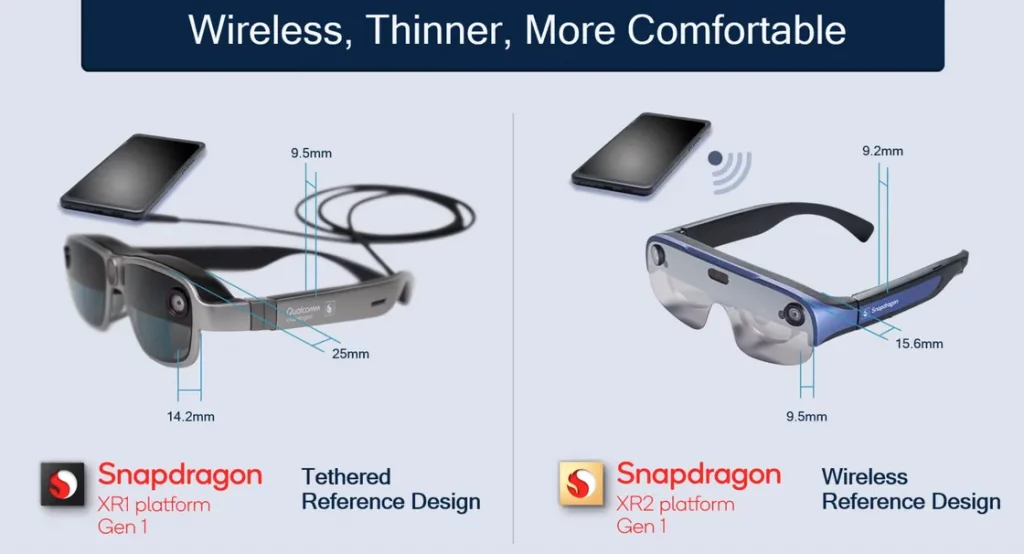According to Mark Zuckerberg, Qualcomm and Meta have struck a multi-year partnership pledging to collaborate on customised Snapdragon XR CPUs for “other devices” and the “future roadmap of Quest goods.”
The Quest 2 is powered by the Snapdragon XR2 chipset, so in some ways the change is routine; yet, it may shed light on the compromises Meta has made as it struggles with declining revenue and seeks to contain Mark’s metaverse project’s escalating costs.
The Qualcomm agreement demonstrates that Meta’s forthcoming headsets, which are said to feature a high-end headset codenamed Cambria and, subsequently, updated versions of its less expensive Quest headset, won’t run entirely on technology that Meta built.
This is true despite the fact that Meta has a staff devoted to achieving the same since 2018 and that rival businesses like Apple, Amazon, and Google base their product selections on unique chip designs like M2, Graviton3, and Tensor.
The chips will be “customised” for Meta’s requirements, according to this news statement. However, it’s unclear how much of a gap there will be between its “luxury” products and competing gear that closely follows Qualcomm’s Snapdragon XR standard designs.

According to a report in April, staffers of Meta were collaborating with semiconductor fabs, the businesses that generate the actual physical chips, to create unique chips for the company’s upcoming augmented reality headset. The Information noted in the same month that some of Meta’s attempts to develop proprietary chips were encountering difficulties, forcing it to use a Qualcomm chip for its second-generation Ray-Bay smart glasses rather than its own hardware.
A spokeswoman for Meta, Tyler Yee, stated that the business wouldn’t comment on any particular plans it may have had for customised chips for Quest products and that it doesn’t discuss specifics about how its roadmap has changed.
Yee did, however, provide a statement regarding the business’s “overall attitude to custom silicon,” stating that Meta doesn’t think there should be a “one-size-fits-all approach” for the technology supplying its upcoming products.
Other indications point to areas where Meta has scaled back its VR and AR goals. The business presently runs the Quest on Android, but it was apparently developing its own operating system for its augmented and virtual reality gadgets. The company reportedly put an end to development on a project dubbed XROS, but in response to that piece, the business stated that it was “still working on a highly specialised OS for our products.”
Against this context, a corporation under considerable strain is present. Due in part to Apple’s changes to how applications may track users, Meta’s revenue has dropped for the first time. Zuckerberg has publicly declared his intentions to increase pressure on staff while acknowledging, “I think some of you might just say that this place isn’t for you. And that self-selection is okay with me.” At the same time, he is placing a huge wager on the metaverse; the corporation invests billions of dollars annually in the project, which includes AR and VR gear, but also loses money on it.
Also Read:







